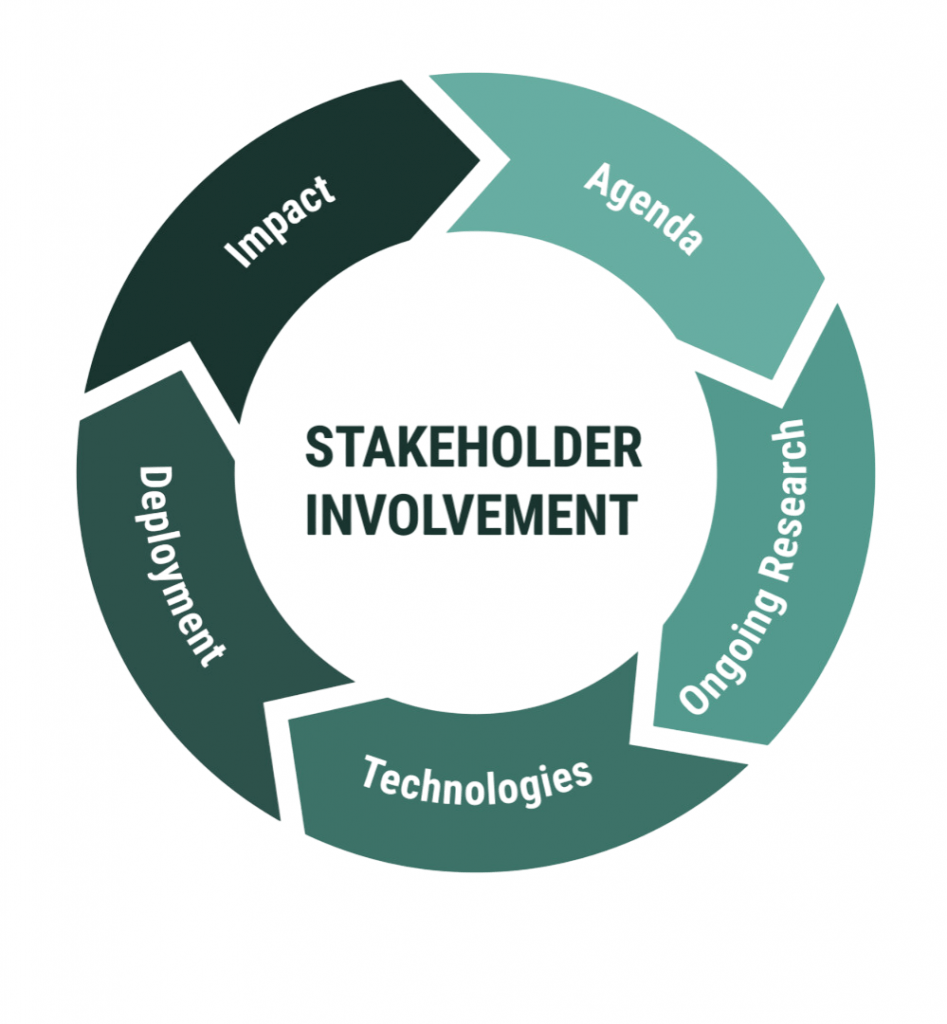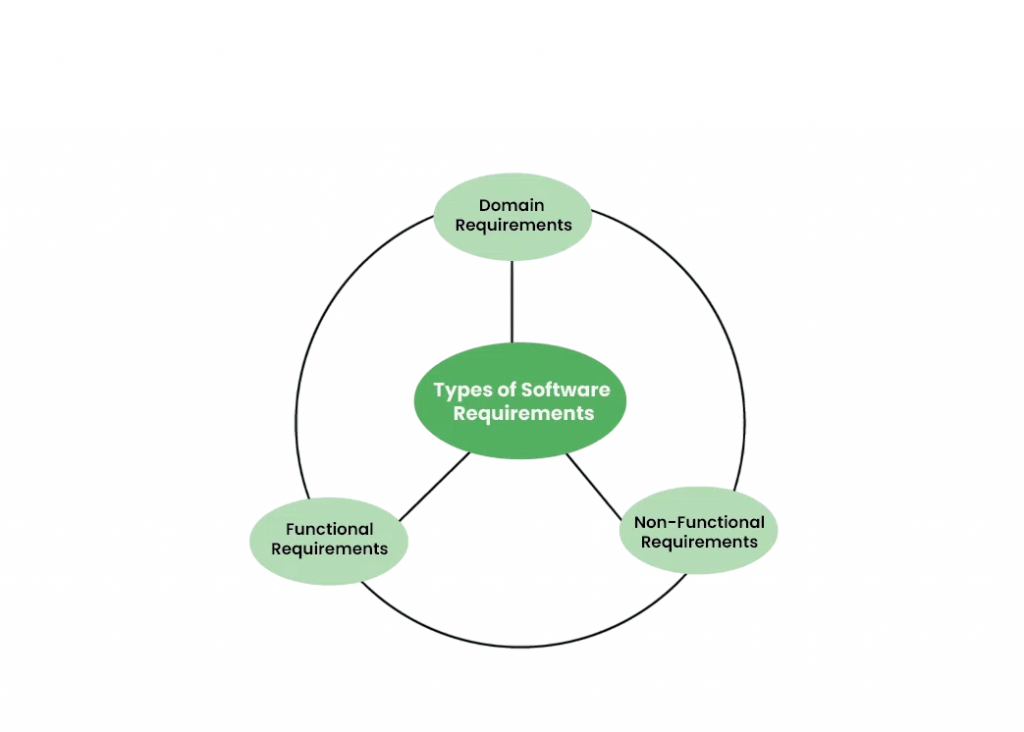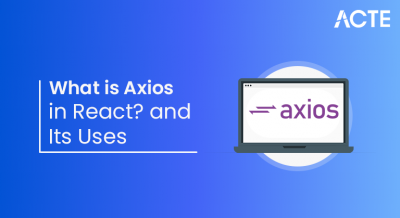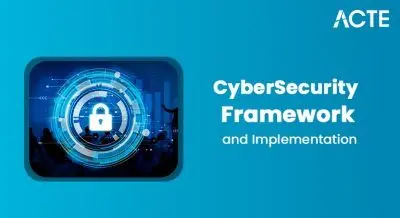
- Introduction and Purpose
- Difference from PRD
- Components of a BRD
- Stakeholder Involvement
- Requirement Types
- Methods for Gathering Requirements
- Document Structure
- Conclusion
Introduction and Purpose of a BRD
A Business Requirements Document (BRD) is a formal document commonly used in project management and business analysis to clearly outline the requirements, objectives, and deliverables of a project. Its primary purpose is to ensure that all stakeholders and project teams share a common understanding of the project’s goals, scope, and expected outcomes. The BRD acts as an essential communication tool, bridging the gap between business stakeholders, project managers, developers, and other relevant parties. By documenting key information upfront, it helps prevent misunderstandings and aligns everyone involved on what needs to be accomplished. The BRD provides a foundation for defining the project’s scope, which in turn guides planning, execution, and evaluation efforts. It clearly states the expectations and requirements that must be met for the project to be deemed successful. This clarity is crucial for setting realistic goals, establishing priorities, and managing resources effectively. Additionally, the BRD plays a vital role in preventing scope creep, a common challenge where project goals expand beyond the original plan by providing a clear reference point that outlines agreed-upon objectives, timelines, and deliverables. Beyond defining scope, the BRD also helps identify dependencies, risks, and constraints, which support better decision-making throughout the project lifecycle. It encourages collaboration among cross-functional teams and stakeholders by serving as a central document that can be reviewed, updated, business analysis and approved collectively. Overall, a well-prepared BRD ensures that the project stays on track, meets business needs, and delivers value to the organization.
Difference from PRD
A Business Requirements Document (BRD) and a Product Requirements Document (PRD) are both essential tools in project and product development, but they serve different purposes and target different audiences. Although the two are sometimes used interchangeably, understanding their distinctions is key to effective planning and execution.The BRD is focused on the overall business needs and high-level objectives of a project. It outlines what the business hopes to achieve and identifies the problems the project aims to solve. The BRD includes key business drivers, goals, stakeholder expectations, and the rationale behind initiating the project. It is typically written in a language that is easily understood by non-technical stakeholders such as executives, business analysts, and decision-makers. The emphasis is on the why of the project rather than the how, making it a strategic document that guides organizational priorities and resource allocation.
In contrast, the PRD dives into the specific technical and functional details of a product or solution. It defines what needs to be built and how it should function. This includes detailed descriptions of features, user interactions, performance requirements, design considerations, and technical constraints. The PRD is usually tailored to a technical audience, such as developers, engineers, and designers, and serves as a practical guide for building the product. In summary, while the BRD outlines the business justification and overarching goals of a project, the PRD translates those goals into concrete, actionable product requirements. Both documents are complementary and, when used together, help ensure alignment between business objectives and technical execution.
Components of a BRD
- Executive Summary: This section provides a high-level overview of the project, including its objectives, expected outcomes, and the business need that the project addresses.
- Project Scope: This section defines the boundaries of the project. It outlines what is included and excluded from the project, ensuring clarity on what is expected.
- Stakeholder Identification: A clear identification of the key stakeholders involved in the project, including internal and external parties who will provide input or be impacted by the project.
- Business Objectives: The goals and outcomes the project aims to achieve. This section links the project to the business strategy and emphasizes the benefits to the organization.
- Functional Requirements: Describes the essential functions the solution must perform. These are typically high-level business needs that will be further broken down into more detailed functional specifications.
- Non-Functional Requirements: This includes criteria like performance, security, scalability, and reliability. Non-functional requirements address how the system will operate.
- Constraints: This section lists the limitations or restrictions the project will face, such as budget, timeline, technology, or regulatory requirements.
- Assumptions: Any assumptions made during the development of the BRD. These assumptions are important because they may influence the project’s execution or require adjustments later.
Stakeholder Involvement
- Inclusive Identification: Stakeholder involvement begins with identifying all relevant parties, including business owners, product managers, project managers, end-users, technical teams, and regulatory bodies.
- Requirement Definition: Stakeholders contribute by clearly defining the business and functional requirements. Their input helps ensure the document reflects real-world needs and expectations.
- Priority Setting: Different stakeholders help prioritize requirements based on business value, feasibility, and urgency. This collaborative prioritization helps focus the project on what matters most.
- Continuous Communication: Maintaining regular and open communication with stakeholders throughout the BRD development process prevents misunderstandings and keeps everyone aligned on project goals.

- Validation and Approval: Stakeholders review and validate the BRD to confirm that it accurately represents the project’s objectives and requirements. Their formal approval is essential before moving forward.
- Feedback Incorporation: Stakeholder feedback is vital for refining the document. Continuous input helps identify gaps or changes needed, ensuring the BRD remains relevant and comprehensive.
- Ensuring Alignment: Active stakeholder involvement guarantees that the BRD aligns with both business objectives and user needs. This alignment reduces risks, prevents scope creep, and enhances the likelihood of project success.
Requirement Types
A Business Requirements Document (BRD) typically includes several types of requirements, each serving a specific purpose in guiding the project’s development and ensuring its success. These requirements help provide a comprehensive understanding of what the project is intended to achieve and the constraints it must operate within. Business requirements are high-level statements that define the goals and objectives the project is designed to fulfill. These focus on the “why” behind the project, such as improving customer satisfaction, increasing operational efficiency, or entering a new market. They establish the business case and provide a clear rationale for the project’s existence without diving into specific technical details.
- Functional requirements describe what the product or system must do to support the business goals. These are more detailed and technical, outlining specific behaviors, features, or capabilities the system should provide. For example, a functional requirement might specify that the system must allow users to reset their passwords via email.
- Non-functional requirements address the quality attributes and performance expectations of the system. These include criteria such as system reliability, response time, scalability, security, and usability. Unlike functional requirements, they do not specify what the system does, but how well it performs those tasks. For instance, a system might be required to handle 1,000 concurrent users without performance degradation.
- Regulatory requirements are based on external rules and standards that the project must comply with. These may include legal mandates like data protection laws, industry standards like ISO certifications, or accessibility requirements for users with disabilities.
- Interviews: One-on-one meetings with stakeholders to gather their thoughts, needs, and expectations for the project. This method is useful for obtaining in-depth information from key individuals.
- Workshops: Group sessions with stakeholders that allow for collaborative discussion and idea generation. Workshops are useful for fostering consensus and clarifying conflicting requirements.
- Surveys/Questionnaires: A structured way to collect input from a larger group of stakeholders. This method can be helpful for gathering quantitative data or understanding broad stakeholder sentiment.
- Document Analysis: Reviewing existing documentation, such as business plans, previous project documents, or system specifications, to understand the current state and identify potential requirements.
- Observations: Observing the users in their work environment can help identify unmet needs and better understand the problems they face, which can be translated into project requirements.
- Prototyping: Creating early versions of the product or solution to allow stakeholders to interact with it and provide feedback. This can help uncover additional requirements and refine existing ones.

Methods for Gathering Requirements
Document Structure
The structure of a Business Requirements Document (BRD) is designed to be both comprehensive and accessible, ensuring that all project stakeholders can understand and refer to it throughout the development lifecycle. A well-organized BRD helps facilitate clear communication, manage expectations, and maintain alignment across teams. Each section of the BRD serves a specific purpose in documenting key aspects of the project. The Title Page typically includes the project name, document version, date, and authorship details, providing a clear reference for documentation tracking. Following this, the Table of Contents offers an organized outline of the document’s sections, making navigation easy for readers. The Introduction sets the stage by describing the project’s background, primary goals, and the purpose of the document. It gives readers context on why the project is being undertaken. The Scope section defines the boundaries of the project, clearly outlining what is included and excluded to prevent misunderstandings or scope creep. The Stakeholders section lists the individuals or groups involved in or affected by the project, ensuring that all relevant parties are acknowledged. Business Requirements highlight the high-level business goals, while Functional Requirements provide specific details about system features and behavior. The Non-Functional Requirements section covers performance, decision-making, security, usability, and other quality-related expectations. Constraints and Assumptions document any limitations or assumptions that could affect the project. Risks and Mitigation identify potential challenges and outline strategies to address them. Acceptance Criteria define the conditions that must be met for the project to be considered complete. Finally, the Sign-Off Section allows stakeholders to formally approve the document, signaling agreement and commitment to the project plan.
Conclusion
The Business Requirements Document (BRD) is an essential tool in project management and business analysis, offering a structured and detailed approach to capturing the needs, goals, methods for gathering Product requirements document and expectations of a project. Its primary role is to bridge the gap between business stakeholders and technical teams by clearly defining what the business aims to achieve and outlining the necessary requirements to reach those goals. The BRD acts as a central reference point throughout the project, ensuring all parties remain aligned on the project’s purpose and scope Methods for Gathering Requirements.By engaging stakeholders early in the process, the BRD promotes collaboration and helps gather diverse insights that contribute to a more comprehensive understanding of business needs. Clearly defining both functional and non-functional requirements allows for more accurate planning, development, and testing. In addition, identifying assumptions, constraints, risks, and mitigation strategies within the document supports better decision-making and proactive risk management. Validation and sign-off are key components of the BRD process. Formal approval from stakeholders confirms that the documented requirements accurately reflect their expectations and provides accountability moving forward. This step reduces the chances of scope creep and misaligned deliverables, contributing to more successful project outcomes. Although the BRD can be a detailed and time-consuming document to prepare, its value lies in the clarity and alignment it brings to a project. It helps reduce misunderstandings, set clear expectations, and create a shared vision. Ultimately, a well-crafted BRD improves Product requirements document , communication, minimizes risk, and provides a solid foundation for delivering projects that meet business objectives.



